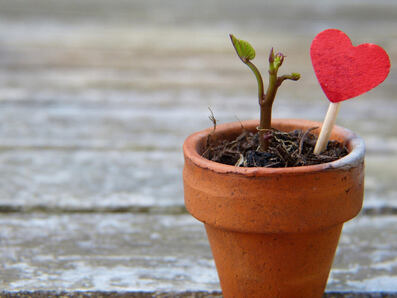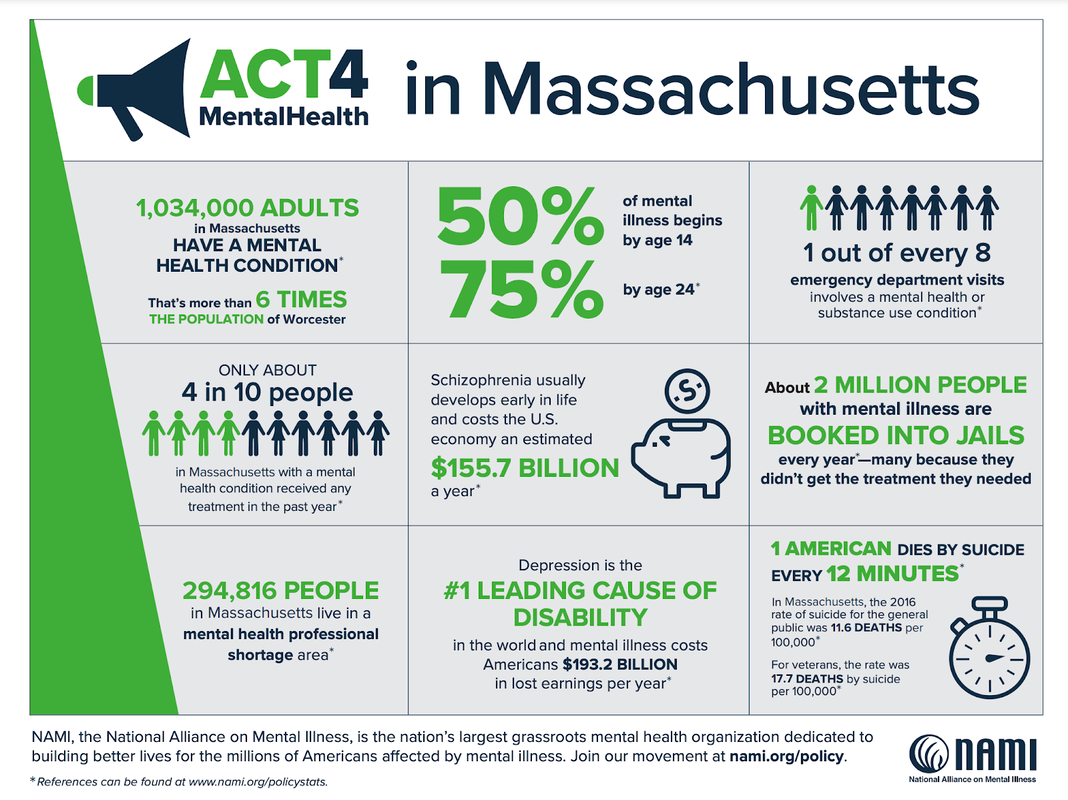and a 2020 recipient of the Peggy Hallisey Lifetime Achievement award.
| School Librarians are at heart - social and emotional learning practitioners. The focus on providing “safe” and equitable space has long been a professional practice. Over the past few years, SEL has morphed from an educational pedagogical practice (the whole child, holistic learning, among others) into the latest initiative in many schools. Often, classroom educators feel as though it is an addition to the ever growing list of new district ideas that seem to add work to the already overworked. School librarians can help to shift the understanding by being an instructional and collaborative partner with educators and clinicians and move beyond the library as “safe” space to the school librarian as a compassionate practitioner. |
Safe space is a problematic term. Perhaps, it has been used so much that we may have become complacent to what this really means and how to actually provide it - if we can actually provide it. How do we know that it is safe for all who enter? Unfortunately, we do not. Realistically, no space can ensure that all will feel protected. If we shift our thinking to providing brave or courageous space, we can begin to hold space in a way that encourages all who enter to embody courage to:
- Respectfully challenge each other
- To believe that each of us have our own personal truths and all personal truths are valid
- To be willing to “call in” when words or actions are unacceptable, create hostility or an environment without justice
The National Alliance on Mental Illness research tells us that 1 in 5 youth and young adults live with a mental health condition; that suicide is the second leading cause of death for people ages 10-34 and LGBTQIA youth are four times more likely to attempt suicide. While these statistics are current as of 2020, we are sure to see an increase in these statistics. In my own school, we know this to be true. Students have had increasing mental health issues over the past several years as noted by the MetroWest Youth Mental Health survey. This information is not new, but it is something that we can no longer be a sideline observer of. So how do we move toward compassionate practitioners? Here are just a few ways I am working toward this in my school.
- Other Educators and Administrators:
- Continue to be at the table to contribute to conversations about the challenges emerging for students and educators during the pandemic
- Collaborations with bibliotherapy, DBT and other mental health strategies
- AASL Standards: INCLUDE: Move beyond collection development to compassionate practice:
- “Learners demonstrate empathy and equity as they embrace diversity and make informed decisions”
- Utilize the standards to assist with building SEL and Anti-Racist collaborations
- Literacy collaborations such as: Bibliotherapy; Growth Mindset and Reading
- Academic work with students one on one who may be struggling with anxiety or motivational issues due to the pandemic: internships, independent studies or other projects
Prior to the pandemic, my high school library saw upwards of 500 students per day. This included classes as well as students visiting before school, during our morning break, to eat lunch and after school to study, participate in a club or to socialize. The active space was also a refuge for students. Many students dropped in for a check in, to pass an idea by me or to work on a project from a club that they participate in with me. Over the past year, I have continued to reflect on what it means to not provide a physical space for students to gather and what this will mean going forward for students and school libraries. I have continued to offer clubs to students as a way to continue to provide opportunities to amplify student voice. The following clubs are unique to the library in my school and provide an avenue for students to see the library as an important aspect in their own social and emotional development.
- Poetry Group
- Based on aspects of the vision of MassLEAP - “Foster development of voice and identity” and “Help youth to become capable and creative members of community through the use of art in courageous space - to shape a more just and equitable world”
- BRAVE and SACRED Space: Practice accountability (intent v impact) AND embrace messiness & kindness
- Teen Advisory Board
- Mental Health initiative partially funded by The Shine Initiative to bring education with the hopes of breaking down the barriers of stigma
- Generation Bridges
- Provide companionship to the elderly population of the town with a collaboration with the senior center
This past week I was video interviewed by one of our student journalists who asked important questions about the library: “Are you hoping to open up the space again soon?” and “What is the one thing that you hope students take away from spending time in the library?”.
Both of these questions speak to the importance of the space to our students. Yes, it’s important to provide the resources and academics through effective curation and collaboration, but overall, what the students will remember is how the space made them feel. My answer to the question about take away was that I hope that students view the space as a “courageous” one where they feel they can see themselves and find their own voice while involving themselves in an issue that affects their peers. My interviewer emphatically agreed that the space had done that for her last year and she felt that this interview would keep that energy alive for when the library can fully reopen again.
We know that our students are our best advocates for the school library. By amplifying their voices, we hold space for the entire community. I invite you to join me to move from the idea of a library as a safe space to the action of identifying ways in your own communities to provide courageous and brave space as - school librarian as a compassionate practitioner.



